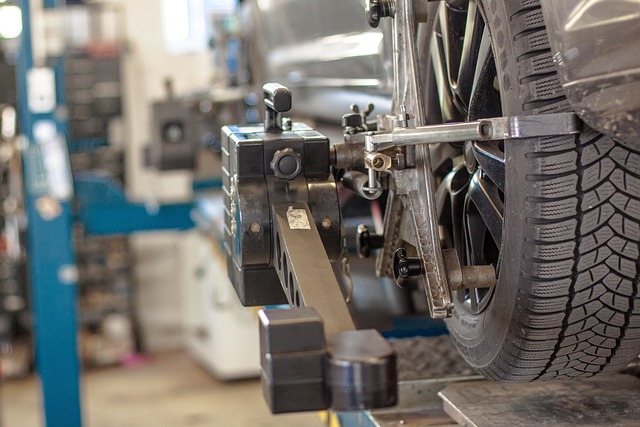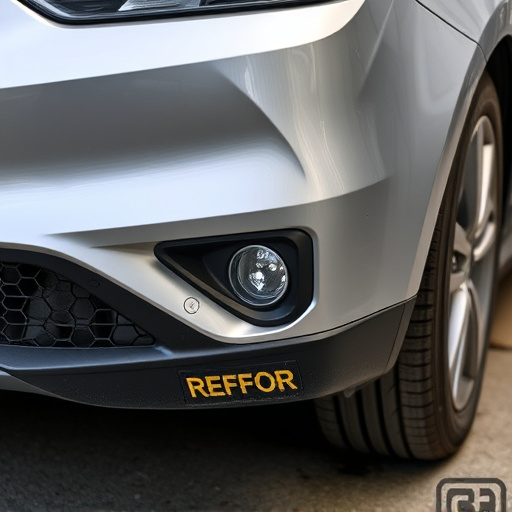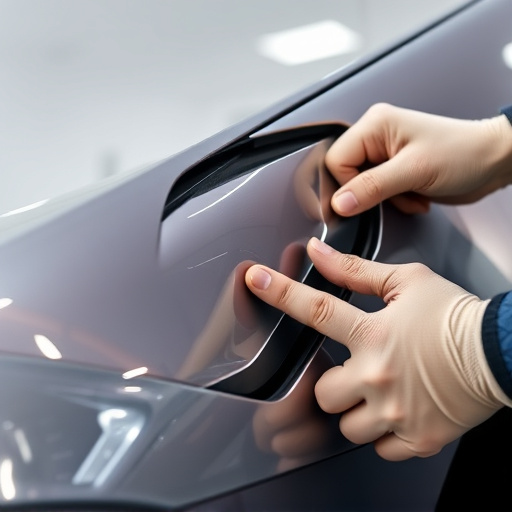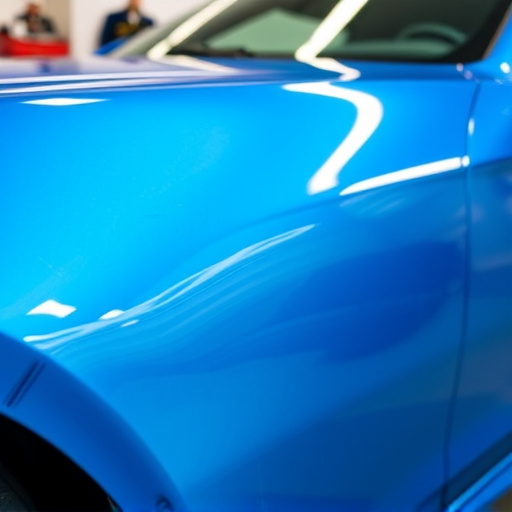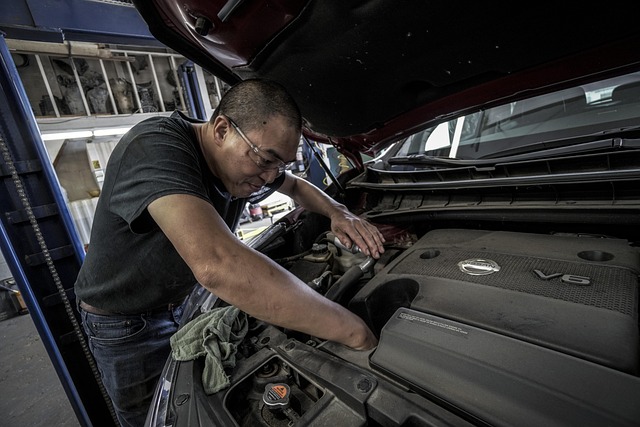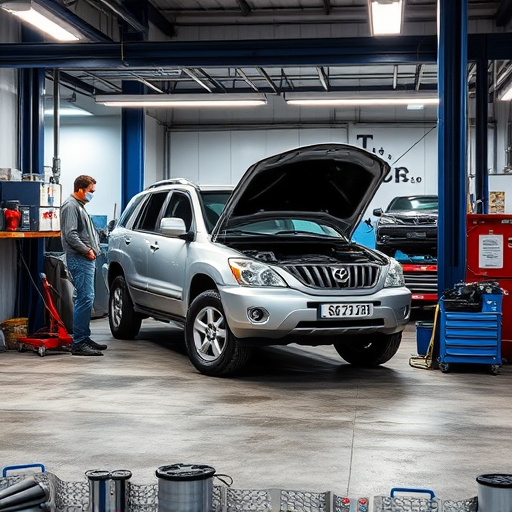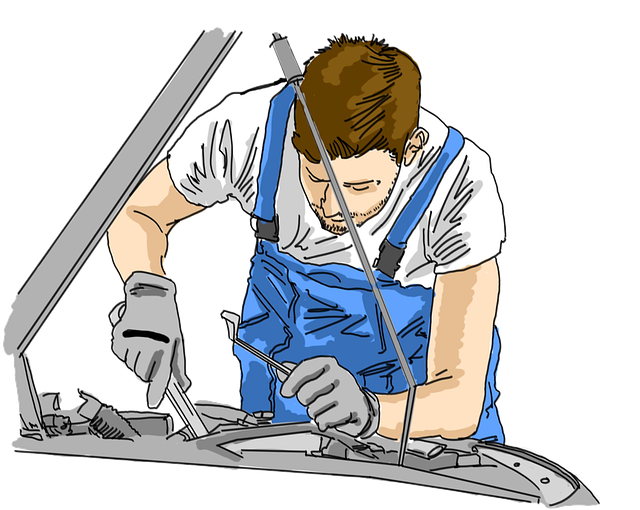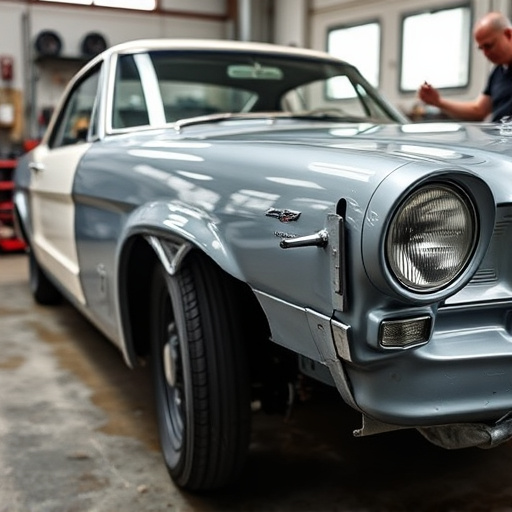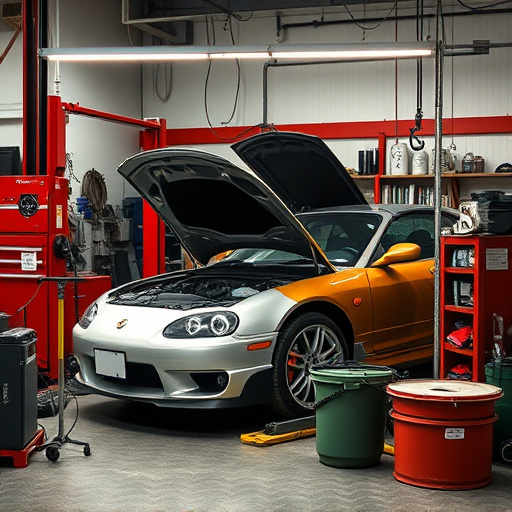Knowing the difference between a Tesla Body Computer Reset and a Factory Reset is key for vehicle maintenance. A Body Computer Reset adjusts settings without erasing data, ideal post-accidents or repairs. A Factory Reset wipes all user data and settings, suitable for extensive modifications or selling. Choose based on repair type: Body Computer Reset for cosmetic fixes, preserving personalization; Factory Reset for complete restoration but needing later reprogramming.
Tesla vehicles come equipped with an advanced body computer that manages various functions. When issues arise, a reset might be necessary. This article delves into two primary reset methods: the Tesla Body Computer Reset and the traditional Factory Reset. Understanding the nuances between them is crucial for owners. We’ll explore what each reset entails, their key differences, and when to employ each method to restore your Tesla’s optimal performance efficiently.
- Understanding Tesla Body Computer Reset
- Factory Reset: A Comprehensive Overview
- Key Differences Between Resets
Understanding Tesla Body Computer Reset
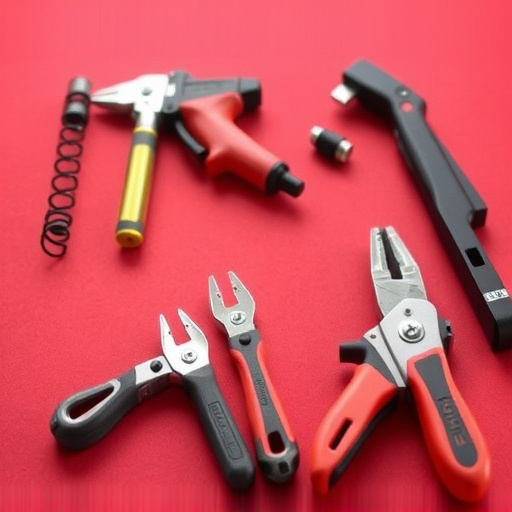
In the realm of Tesla ownership, understanding the distinction between a Body Computer Reset and a Factory Reset is akin to mastering the art of auto body repairs for your electric vehicle. A Tesla Body Computer Reset is akin to a targeted tune-up for its onboard computer—it revitalizes and recalibrates the system without erasing all personalized settings or data. This process is particularly valuable when dealing with issues related to specific automotive body work, such as after an accident or a car repair shop visit where adjustments were made. By resetting the body computer, you can often restore optimal performance and ensure that your Tesla operates seamlessly.
On the other hand, a Factory Reset, while similar in concept to a complete overhaul, is a more extreme measure. It completely erases all user-specific data and settings, restoring the vehicle to its original state as if it were fresh off the assembly line. Unlike auto body repairs that focus on physical components, a factory reset tackles digital ones—it’s like replacing all the software within your car. This option is suitable for those looking to start afresh, perhaps after extensive modifications or when seeking to sell the vehicle and ensure no residual data remains from previous owners or automotive body work sessions at a reputable car repair shop.
Factory Reset: A Comprehensive Overview
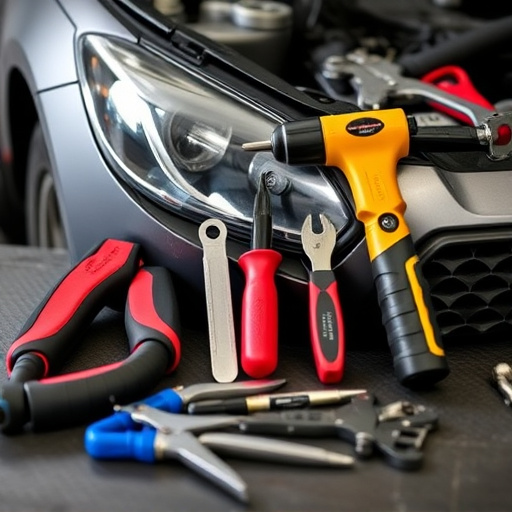
A factory reset on a Tesla vehicle is akin to performing a complete overhaul—it returns your car’s systems to their original state as they left the factory. This process isn’t just about a fresh start; it involves a meticulous process of erasing all personalized settings, preferences, and even diagnostic codes. Every aspect of the car’s software is reset, from the entertainment system to the advanced driver-assistance features (ADAS). For those who’ve tailored their Tesla to reflect their unique driving style or added accessories like navigation systems or custom sound setups, a factory reset can be a non-negotiable step when preparing for collision damage repair or bumper repair.
Imagine it as a digital decluttering session—all the accumulated data and adjustments made during ownership are erased. While this might mean saying goodbye to personalized settings, it ensures that any future repairs or modifications will begin with a clean slate. This is particularly crucial in Mercedes Benz repair scenarios where precise calibration is vital. A factory reset can be a game-changer when dealing with complex systems, ensuring that every repair, from minor bumper repairs to extensive collision damage repairs, aligns perfectly with the vehicle’s original specifications.
Key Differences Between Resets
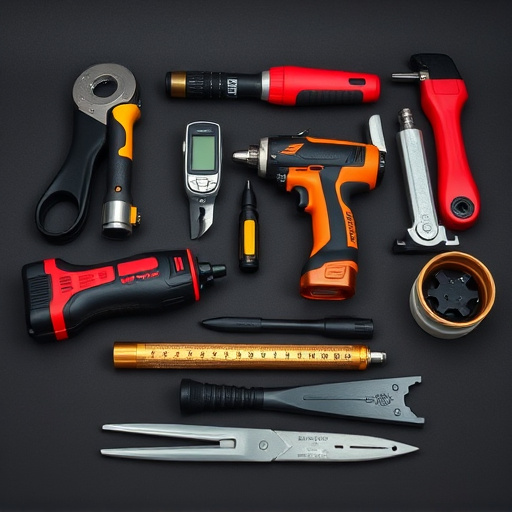
When considering a Tesla body computer reset versus a factory reset, understanding key differences is crucial for your vehicle’s optimal performance and longevity after repairs such as hail damage repair or bumper repair. A Tesla body computer reset targets specific components related to body panels, like auto painting and exterior sensors, while leaving other systems intact. This makes it an ideal choice if you’re focusing on cosmetic fixes or replacements post-damage.
In contrast, a factory reset is a more comprehensive process that clears all data and settings, reverting the Tesla’s computer to its original state as if it left the factory. This includes erasing personalized settings, favorite radio stations, and even some vehicle diagnostics. While this offers a fresh start, it requires you to reprogram preferences after, which can be time-consuming. Thus, choose between reset types based on whether you prioritize restoring exterior integrity after repairs like auto painting or preserving your tailored driving experience.
In comparing a Tesla body computer reset with a factory reset, understanding the nuances between them is essential for vehicle owners. While a factory reset erases all data and returns settings to their initial state, a Tesla body computer reset allows for selective data removal without fully resetting the system. This distinction makes the Tesla body computer reset a more tailored option, especially when dealing with privacy concerns or specific issues requiring isolated resolution. Both methods serve as powerful tools for maintaining vehicle performance and user experience, catering to different needs in the ever-evolving landscape of automotive technology.
